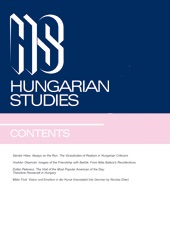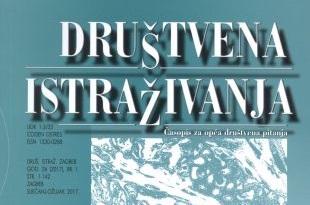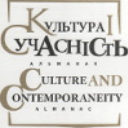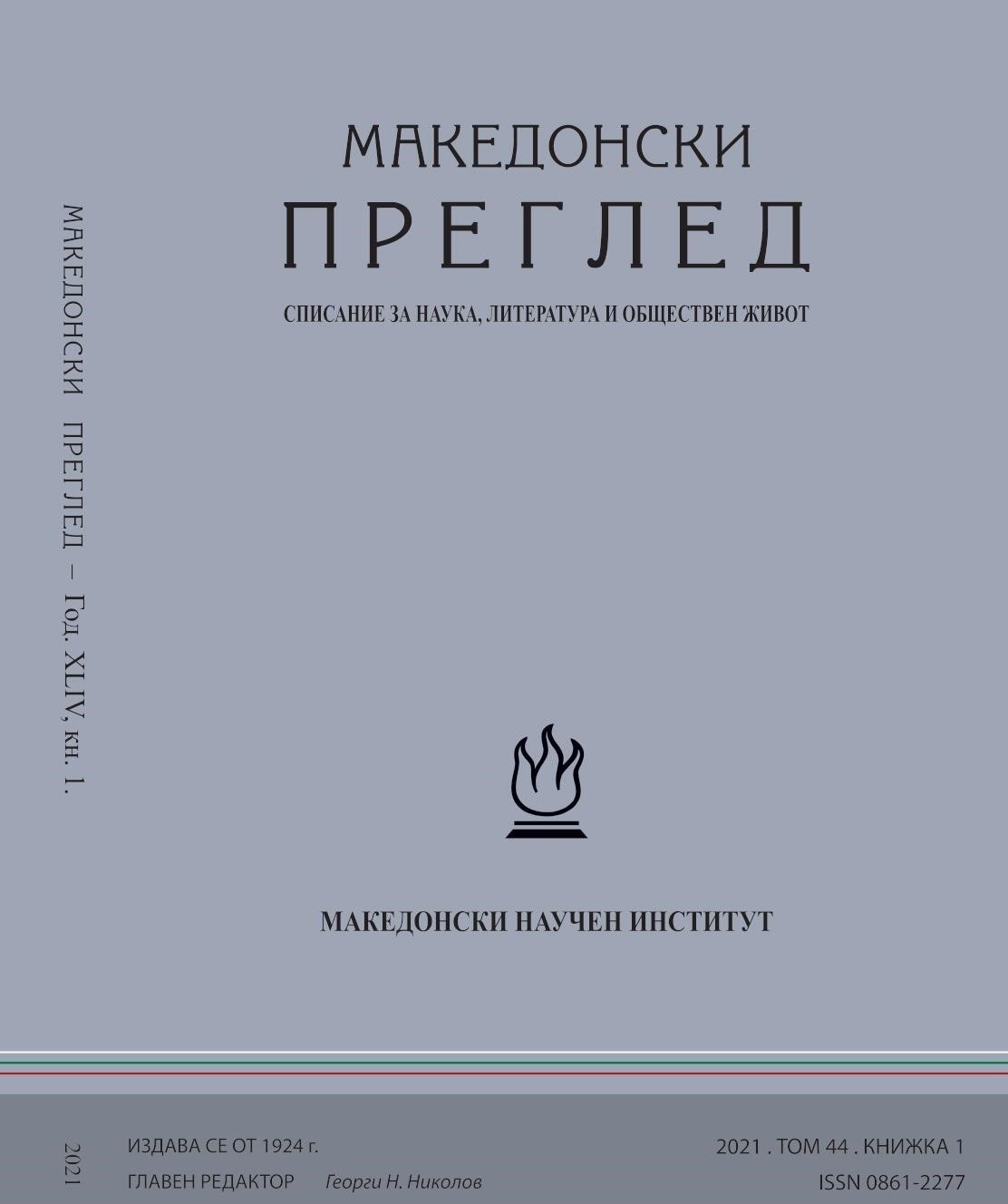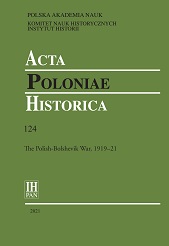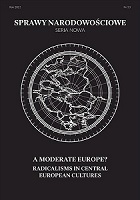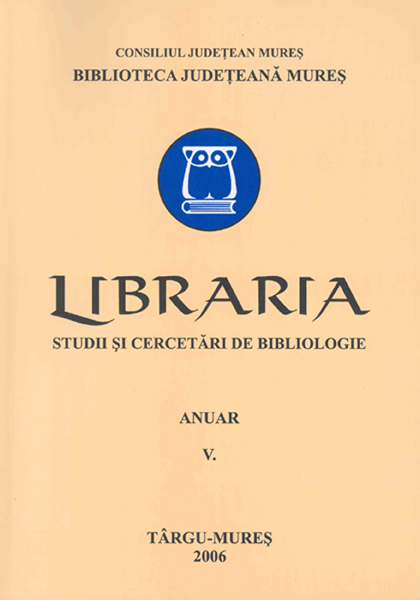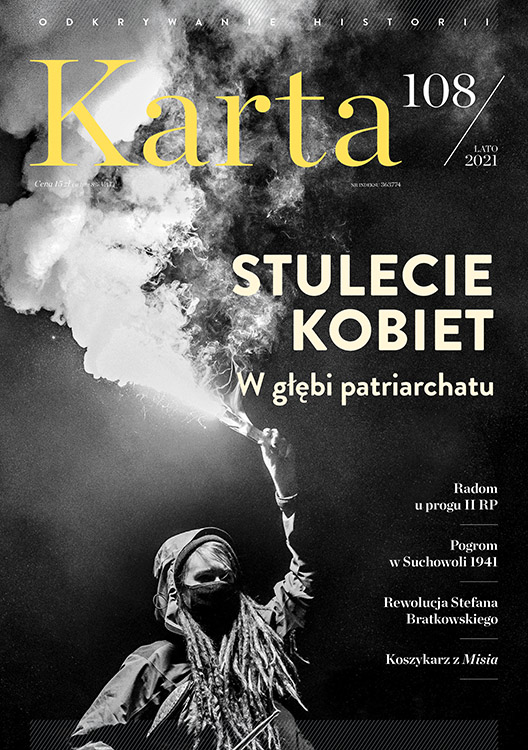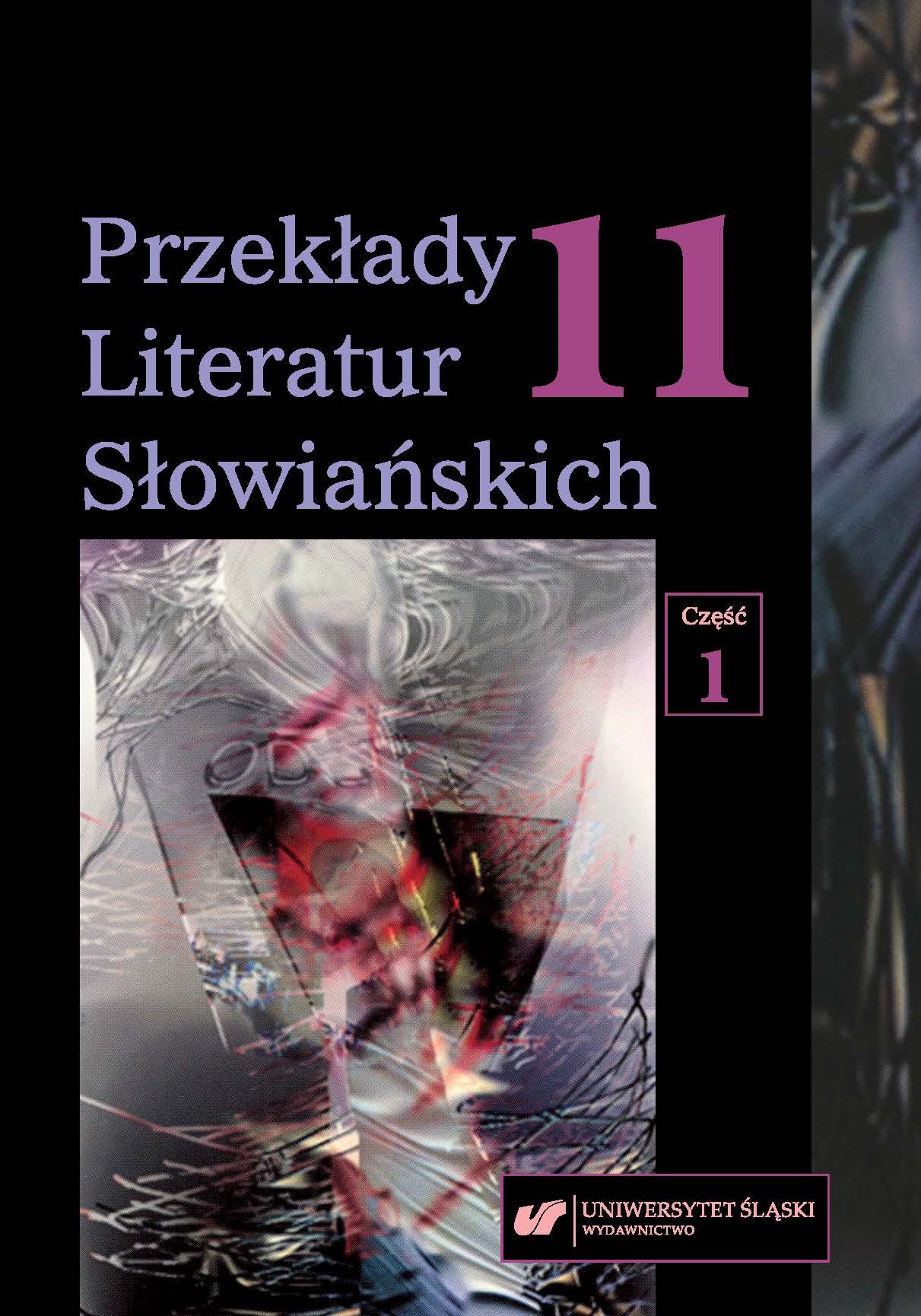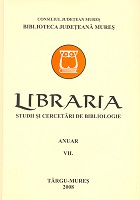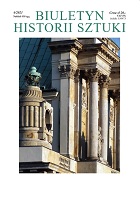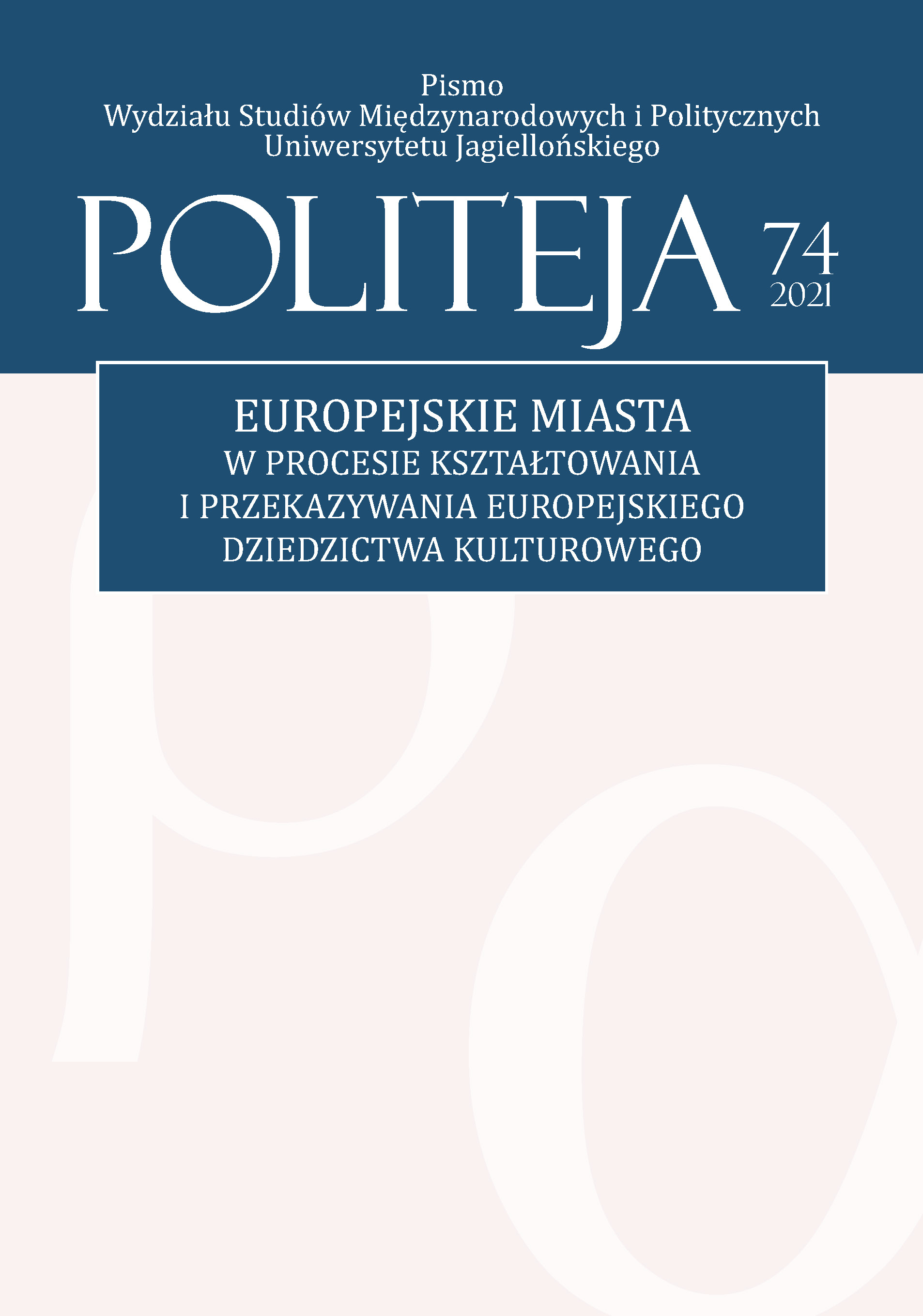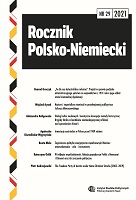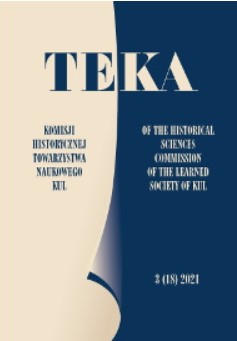Интеллигенция и духовный кризис в России после 1917 года
The work analyzes the influence declining traditional values after the revolution of 1917 on formation of «new morals». It is shown that freedom of the intersexual relations was ambiguously estimated within the intelligentsia and the first legislative decisions of the new power caused their impact upon it. All this led to depreciation of a traditional family. It is shown that from the second half of the 1920-s there begins «a new socialist Domostroy (domestic tyranny)». The example of intelligentsia shows the consequences of this policy.
More...
